Continental
Turbocharger with steel casting turbine housing
Patented turbine /center housing connection with tie-rod screws
|
Water-cooled bearing housing
|
Wastegate-linkage with ball joints
|
RAAX turbine technology for best transient response
Low inertia
The turbine stage was developed with the main objective of optimising the inertia, in order to guarantee optimum transient behaviour. The turbine mass flow rate was sized to exactly meet the turbine inlet pressure requirement.
|
Exhaust temperature up to 1050°C
|
Rotational speed up to 580 m/s
|
Ring shaped catalyst consisting of an outer mantle, a ring shaped matrix, and an inner mantle.
The swirl flow at the turbocharger outlet, which is also to be found in the ring catalyst’s inner pipe.

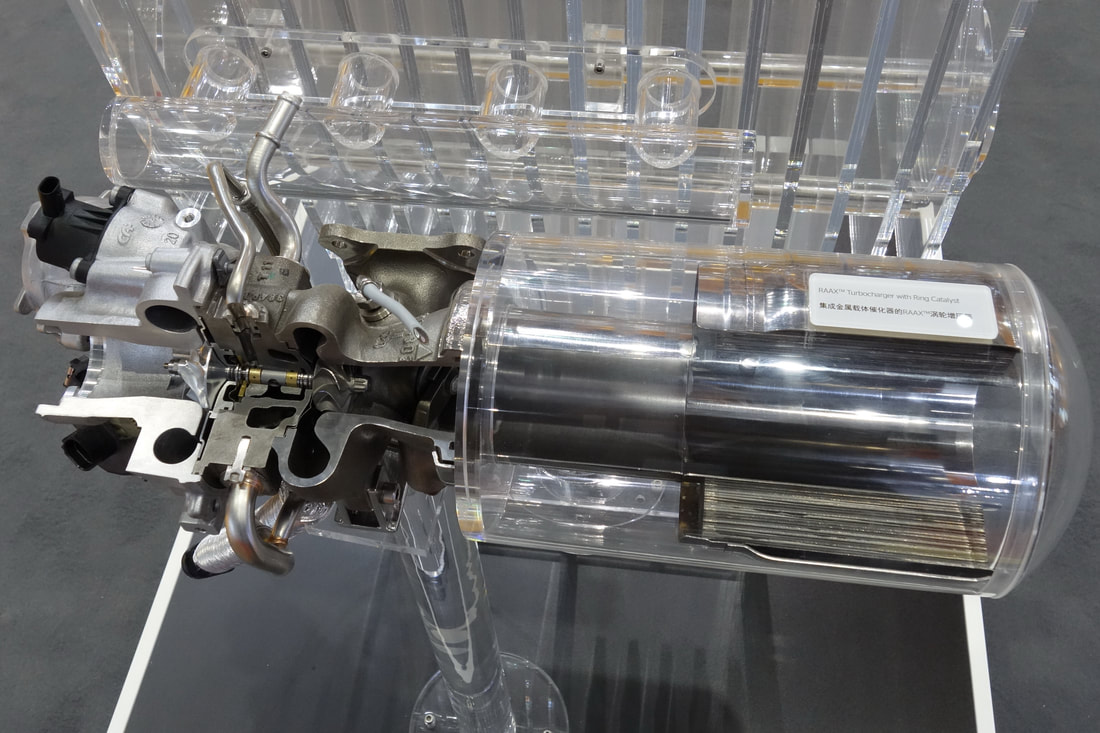



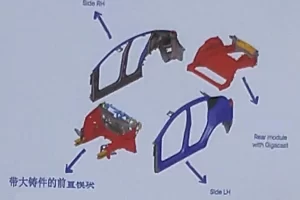


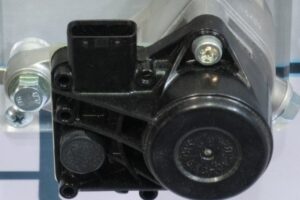
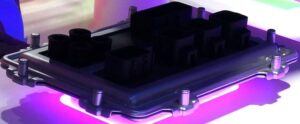

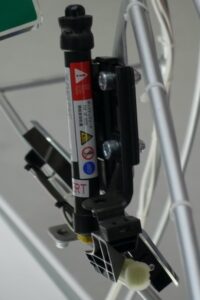
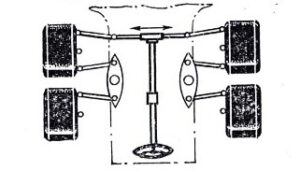
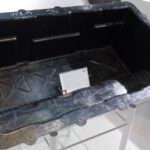
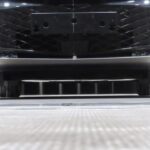



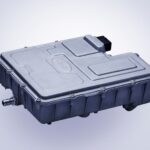
i read many of the published documents regarding the ‘hybrid’ axial-radial design of the turbine and i came to the conclusion that this gain is marginal and is mostly for small displacement gasoline engines.
i would argue further, that small range extending diesels coupled to mild hybrid electric drivetrains would allow the engine to maintain low rpm and somewhat steady-state operation.
the whole point of the radial axial turbine is to get gains from transient condition.
then presumable a mild hybrid electric vehicle could be programmed to stay out of those transient conditions with basic software. no extra energy or retooling necessary.